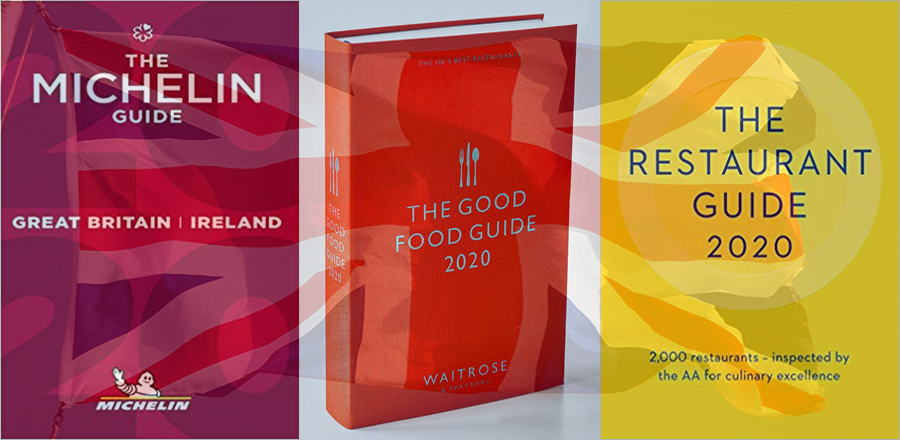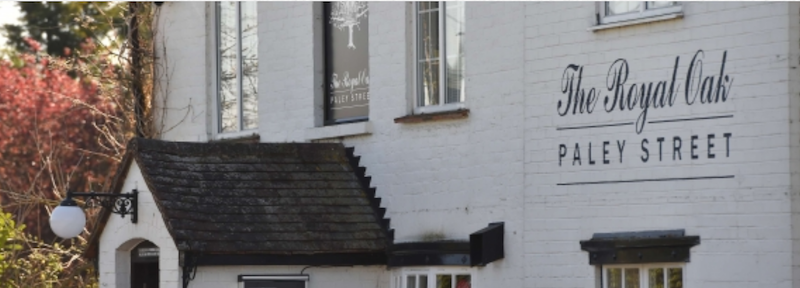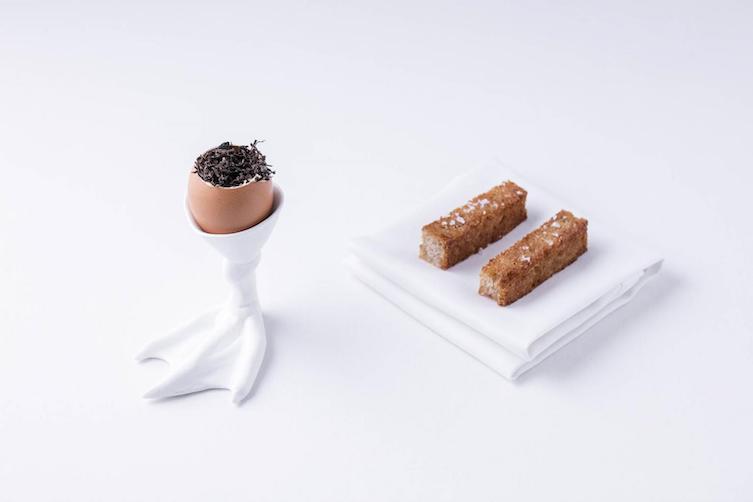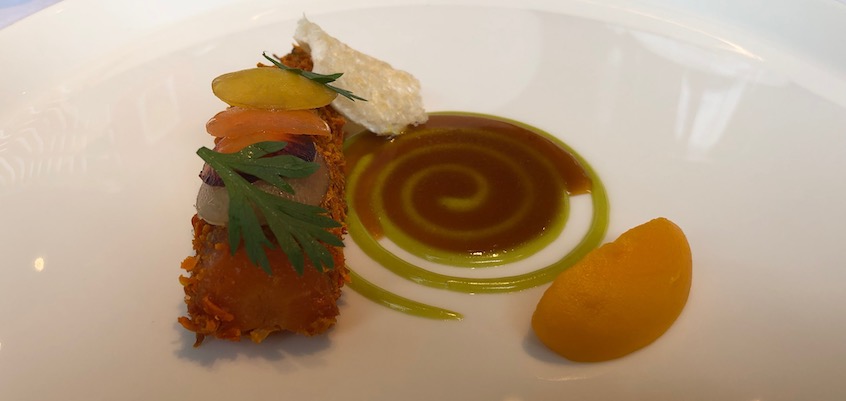
The Plough Inn lies in the centre of the beautiful Gloucestershire village of Cold Aston. Accessed from a single track road off the A249, between Stow and Cirencester, the honey coloured stone walled, slate roofed buildings and wide open spaces typify the near idyllic attractions of Cotswold village life. Little wonder that roughly 30% of current residents are second homeowners.
This is where owner Oxford graduate and management consultant Thomas Hughes and his partner Josie have chosen to raise a family and establish a business which gives full expression to their passions of food, drink, hospitality and design. Thomas’s previous experience, including leading roles at the Wheatsheaf Inn, Northleach and at Peter de Savary’s Cary Arms and Spa in Devon, has clearly stood him in good stead.

The Hughes took over in 2017, adding to the extensive renovation which had already taken place under the previous ownership. In particular, the three renovated and decorated ensuite double bedrooms have allowed Josie to demonstrate her talents in this field.

Dating from 1687, The Plough Inn retains many of its older features. In the front half of the building there are heavy oak doors, flagstone floor, mullioned windows, an inglenook fireplace, and a low beamed ceiling with candle and wall lighting. Renovation in the brighter back dining area beyond the bar includes wooden flooring, French windows, skylights, spotlighting and splashes of designer wallpaper. These contemporary touches harmonise with the historic charm of the Grade 2 listed building. Well-spaced striped pine tables accommodate up to 85 diners, whilst the outside terraces, complete with Rattan furniture and parasols, allow for al fresco dining.

[Chris Hopkinson Barman; Thomas Hughes owner; Jonathan Grey chef]
Thomas Hughes and his chef, who has worked with Michelin starred John Burton-Race, have designed an attractive food and beverage offering which has already attracted a loyal following, including those from the two neighbouring villages which lack a hostelry. Being close to Bourton-on-the-Water and Northleach, The Plough can also gain custom from those who prefer village to town pubs.
A sophisticated beverage selection is much in evidence. As a Free House, a wide range of craft beers and real ales is on offer.

The wine list has a good selection from Old and New Worlds which avoids greedy mark ups. The range of spirits, especially gin, is impressive. Also of interest are the “Nightcaps” such as the White Russian of Black Cow Vodka, Kahlu and cream.
The provenance of high quality local ingredients is a priority: Cotswold leg bar eggs, local wild mushrooms, Rollright Chipping Norton cheese and Gloucester Old Spot pork all featured on the current menu. 30+ day aged ruby red steaks and other meat products are sourced from Martin’s Meats and Ruby and White where animal welfare is important. Fish is supplied daily from the renowned Kingfishers of Brixham. There are reliable local suppliers of seasonal game and vegetables.
Bar snacks such as chicken wings with harissa glaze (£5.50) or Padron peppers with olive oil and salt (£4.00) are available to those who prefer a lighter bite.
The seasonally changing carte is competitively priced, offering a good range of traditional pub classics with more innovative dishes. Vegetarians and pescatarians are also have an embarrassment of choice.
On the current Autumn menu eight starters priced £7.50 to £9 feature popular dishes such as Devilled kidneys and Steak tartare alongside the more adventurous Palourde clams with nduja, smoked lovage and spring onions. There are seven mains, £12.50 to £18, two salads, £15-£16, two steak dishes, £17 to £24, with a choice of sauces, and two sharing dishes, cote de beouf or whole sea bass with accompaniments, £60 and £35 respectively. Five desserts come at £6.60 each with ice creams and sorbets at £2 per scoop. Three English cheeses from a choice of five are priced at £9.00. At weekends two or three specials are added to the menu.
A good value weekday lunchtime fixed priced menu offers two courses or three courses £15 or £17 respectively.
In addition, there are special deals: Steak nights on Tuesday (steak frites for two and a bottle of house red for £30); Winter Warmer Wednesdays (e.g. pie, coq au vin, beef bourguignon for two and a house drink for £30); and Dirty Thursday ( a sharing BBQ platter – all home produced – and a can of craft beer for £15 per person).
Given the quality of the ingredients and the expertise of the kitchen, the pricing is keenly judged and weighs favourably with similar establishments in this highly competitive field.
The skills shown in kitchen are high. Dishes are precisely timed and balanced in their ingredient composition, taste and texture. Sauces benefit from stocks made from scratch and meat dishes, in particular, benefit from the use of a “Bertha” charcoal fired oven, which is also used as an in-house smoker. Overall, this is honest, robust cooking with a degree of flair.
A warm greeting from owner Thomas Hughes on our Friday lunchtime made us feel most welcome. Throughout the meal, the service was friendly, informative and unobtrusive.

A charcuterie board starter was generous in quantity and attractive in presentation. Suffolk chorizo had a gentle smokiness and not overpowering spice; the sweet earthy flavour of venison salami was enhanced by an appropriate amount of fat; pulled barbequed pork was rich and indulgent; celeriac remoulade added a lively mustardy crunch; and cornichons gave a tart, mildly sweet freshness. Served with toasted sourdough and good quality butter, this was a meal in itself.

Simpler, but equally delicious was a dish of sauteed Chanterelles on toasted sourdough topped with a Cotswold Legbar fried egg. The meaty textured mushroom with its velvety consistency had a rich, earthy flavour with a hint of pepperiness. The creamy, dense flavoured egg yolk served as a sauce whilst the toasted bread gave contrast in taste and texture. The shaved black truffle did not overwhelm, but the dish did not need this expensive ingredient.

The cooking of a flavoursome Tomahawk pork chop in a main course was accurately timed in the Bertha oven to retain its moisture and succulence. A wholegrain mustard sauce cut the richness of the meat. Bubble and squeak, tender stem broccoli and green beans were well judged accompaniments to this hearty, comforting dish.

A schnitzel of guinea fowl breast ran the risk of becoming too dry if not treated with care. As it was, the cooking was well judged, leading to a soft, moist interior and crisp crumbed exterior. The gentle gaminess of the bird was lifted by a butter and caper sauce which gave richness and a moderate piquancy. Parmentier potatoes were well-seasoned and seasonal greens properly cooked to al dente texture.
Two contrasting desserts were selected

Warm sticky date pudding, moist and fluffy, floated on a rich butterscotch sauce partnered with a velvety smooth vanilla ice cream. This indulgent dish of contrasting tastes, textures and temperatures has proved an irresistible dessert in many restaurants, and here was no exception.

Cotswold gin and tonic cheesecake was an innovative take on a popular dessert. It might have been improved with less gelatine and more acidity, the small pieces of fresh lime being insufficient to boost the taste. Although the shards of meringue gave contrasting texture and sweetness, the main element of this dessert needed a lift.
Despite this hiccup, our visit to the Plough Inn was an overall success. The buzz of contented diners on a busy Friday afternoon was a testament to the popularity it has already gained. A great deal of investment and hard work has been ploughed – excuse the pun – into this exciting addition to the Cotswold dining scene. Fine Dining Guide hopes to visit again to sample other items – perhaps on one of the special nights – and may even book an overnight stay. In the meantime, we will follow its progress with interest.























